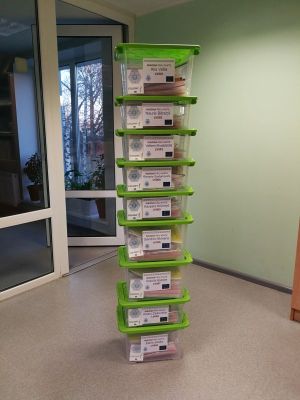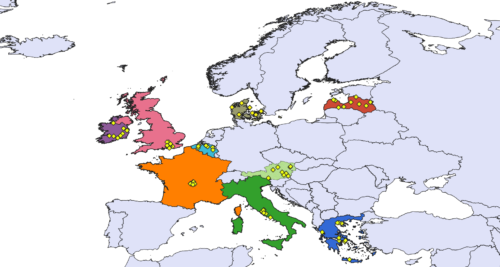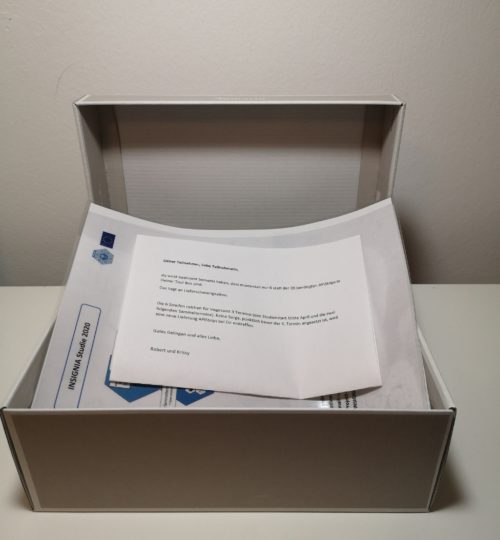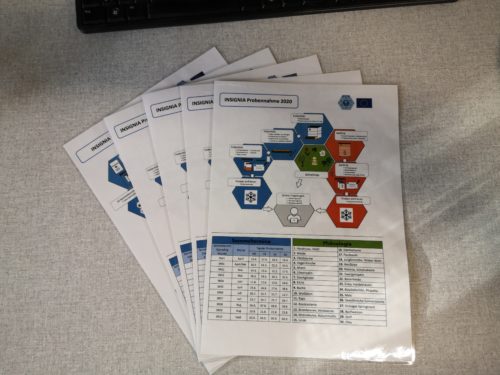During the last week all nine Latvian citizen scientists (CS) received Insignia tool box. They will be ready to start work for Insignia in mid of April.
Insignia tool box in Latvia is fully prepared for a whole season, except lacking ApiStrips which will be added during the sampling season by national coordinator (NatCo). Each tool box contains materials for two colonies.

Continue reading “Insignia tool boxes 2020 ready for Latvian beekeepers/citizen scientists”









